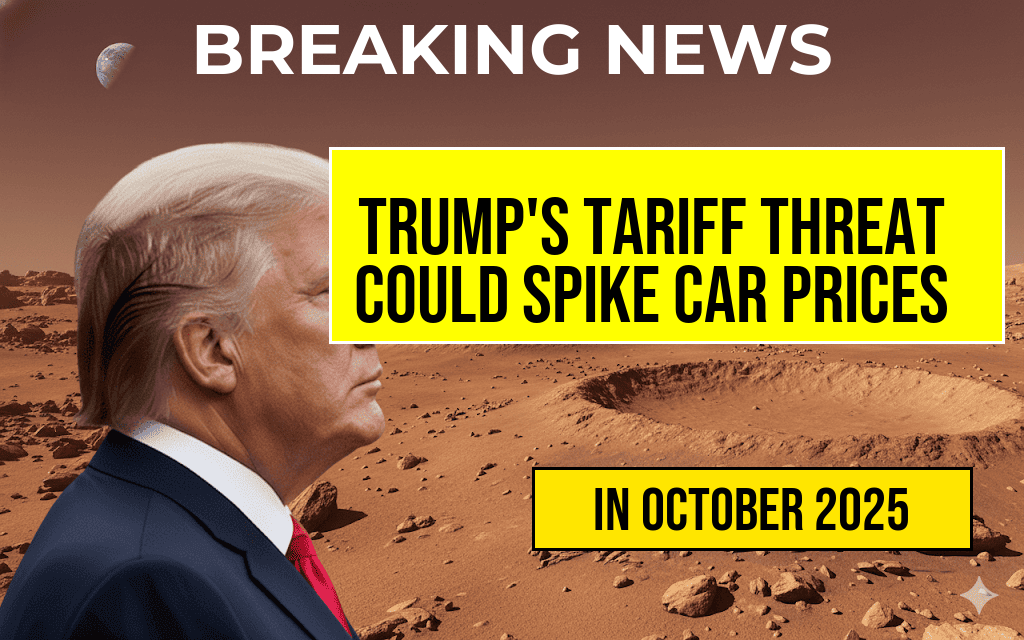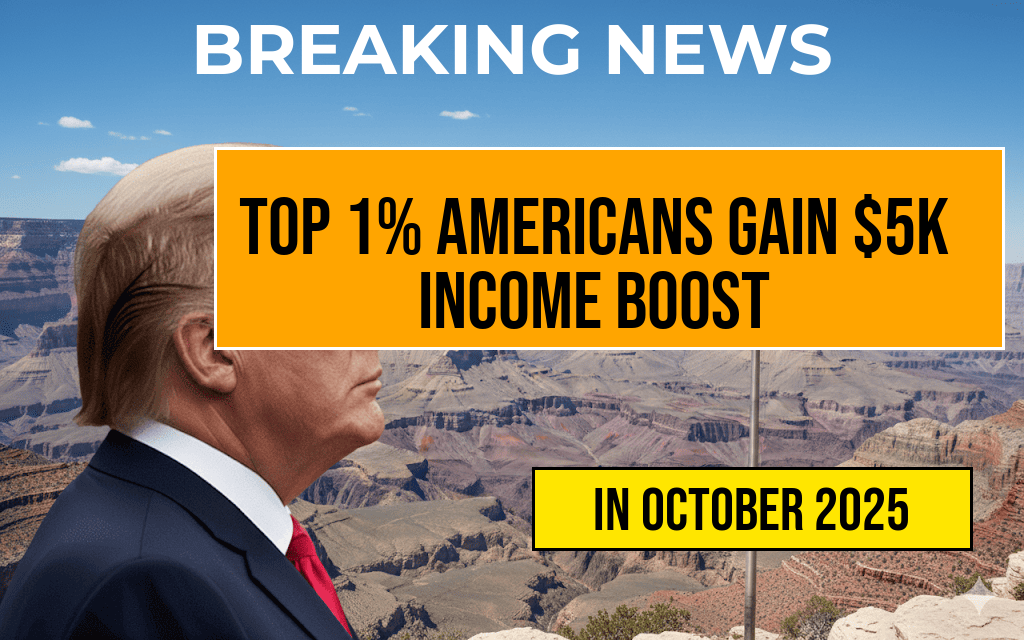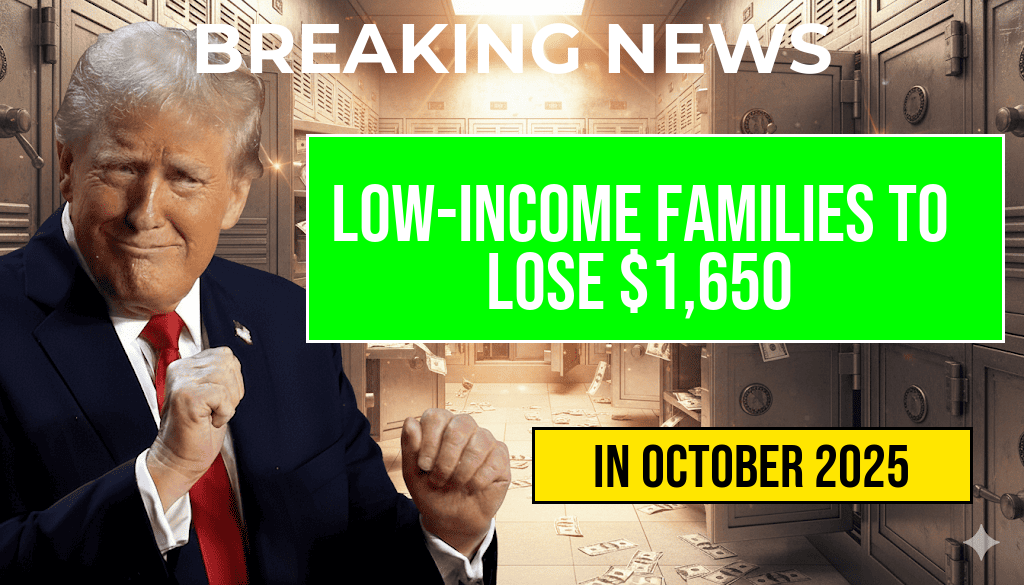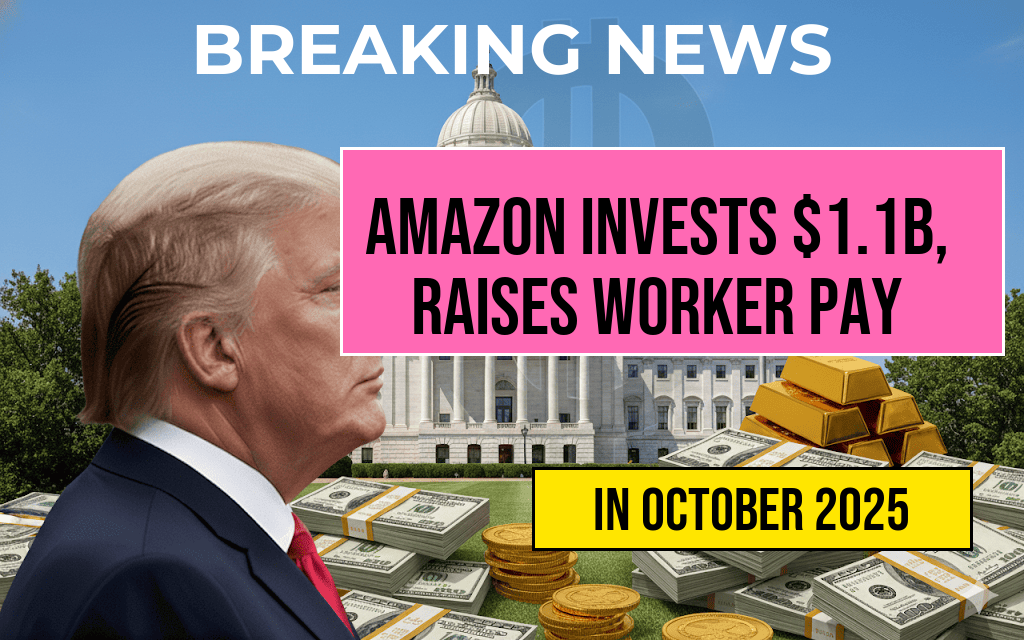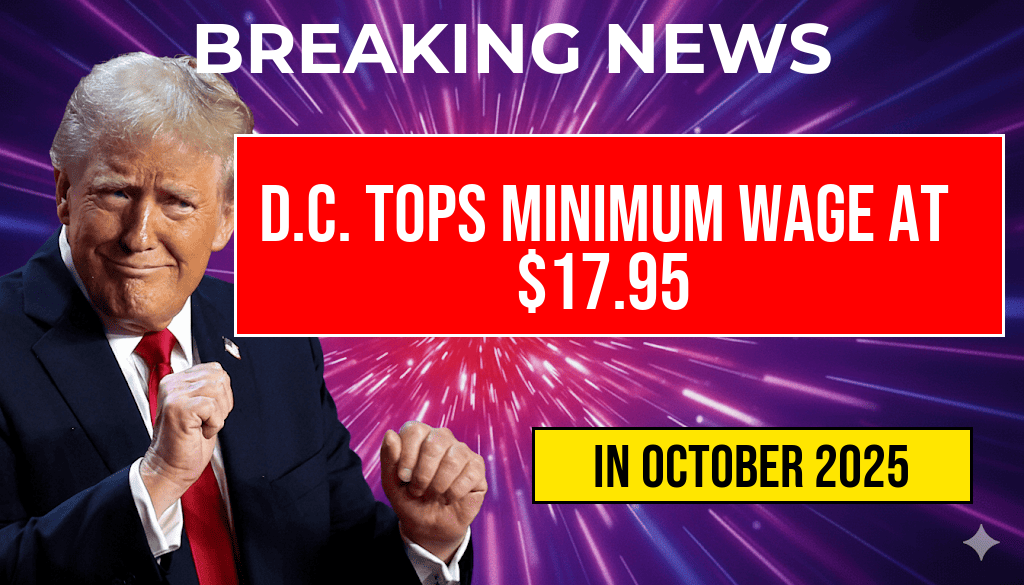Recent developments suggest that President Trump’s renewed tariff threats could significantly impact the automotive industry, potentially raising vehicle prices by as much as $5,286 per unit. The proposal, which targets imported vehicles and parts, has sparked concern among automakers, dealers, and consumers alike. If implemented, these tariffs could disrupt supply chains, inflate manufacturing costs, and ultimately shift the affordability landscape for American car buyers. With the U.S. automotive market already navigating supply chain disruptions from global events, the prospect of increased tariffs adds a layer of uncertainty that could reverberate across the industry for months to come.
Background on Tariffs and Automotive Imports
Tariffs are taxes imposed on imported goods, often used to protect domestic industries or to exert economic leverage in trade negotiations. The U.S. has historically employed tariffs on vehicles and automotive components, with recent policy debates centering around whether to increase or remove existing duties. Automakers heavily rely on international supply chains—particularly for parts sourced from countries like Mexico, Canada, and Germany—making them vulnerable to tariff-related shifts.
In 2018, the U.S. imposed a 25% tariff on steel and a 10% tariff on aluminum, which substantially impacted vehicle manufacturing costs. These measures, paired with global supply chain disruptions, already contributed to higher vehicle prices and reduced inventory levels. Now, with renewed threats of escalating tariffs, industry experts warn that the cost implications could be even more severe.
Potential Price Impact and Economic Analysis
Estimating the Price Increase
According to recent analyses from industry consultants and economic experts, a new set of tariffs targeting imported vehicles and parts could add approximately $2,000 to $5,286 to the average price of a new car. The wide range depends on several variables, including the specific vehicles affected, the percentage of parts sourced abroad, and the ability of manufacturers to absorb or pass on costs.
| Tariff Rate | Average Price Increase per Vehicle | Additional Revenue for Government |
|---|---|---|
| 10% | $2,000 | $1.2 billion |
| 25% | $5,286 | $3.2 billion |
| 30% | $6,350 | $3.8 billion |
Industry analysts caution that these figures are estimates and actual impacts could vary based on market responses and possible retaliatory tariffs from trading partners. Consumer advocacy groups warn that such increases would disproportionately affect middle-income households, potentially pricing many out of the new vehicle market altogether.
Automaker Response and Market Reactions
Industry Concerns
Major automakers have expressed apprehension about the potential tariffs, emphasizing that increased costs could lead to reduced profit margins and slower production rates. Some manufacturers have already begun exploring alternative supply chain solutions, such as sourcing parts domestically or shifting assembly operations to countries with favorable trade agreements.
Automotive dealer associations warn that higher vehicle prices could dampen demand, especially amid ongoing economic uncertainties. “Consumers are already cautious about big purchases, and a sudden price hike could tip the scales toward used vehicles or deferred buying,” said a representative from the National Automobile Dealers Association.
Market Trends and Consumer Impact
- Pricing Dynamics: With manufacturers possibly passing tariffs onto consumers, new vehicle prices could soar, affecting affordability for first-time buyers and fleet purchasers.
- Supply Chain Shifts: Automakers are exploring reshoring options to mitigate tariff impacts, potentially leading to increased costs in the short term but greater supply chain resilience long-term.
- Consumer Choices: Higher prices might accelerate demand for used cars or alternative transportation options, impacting new vehicle sales figures.
Broader Economic and Trade Implications
The threat of higher tariffs extends beyond the automotive sector, contributing to broader concerns about trade tensions and economic stability. Retaliatory measures from trading partners could target U.S. exports, including agricultural products and technology, further complicating the economic landscape.
Trade experts note that aggressive tariff policies risk igniting a trade war, which can lead to increased costs across multiple industries and reduced economic growth. The Biden administration has previously taken a more cautious approach to tariffs, emphasizing the importance of multilateral agreements, but recent statements indicate a possible shift in policy direction.
Potential Policy Pathways
- Negotiated Trade Agreements: Engaging with trading partners to reduce tariffs and foster supply chain cooperation.
- Targeted Tariffs: Limiting tariffs to specific regions or products to minimize overall economic disruption.
- Domestic Production Incentives: Providing subsidies or tax incentives for local manufacturing to reduce reliance on imports.
As debates continue, consumers and industry stakeholders await further clarity on the administration’s stance and the potential implementation timeline for any new tariffs. The coming months will be critical in shaping the future landscape of vehicle pricing and international trade relations.
For more insights into the trade policies affecting the automotive industry, visit Wikipedia’s overview of U.S. trade policy or consult Forbes’ coverage on tariffs and economic impacts.
Frequently Asked Questions
What is the main concern regarding Trump’s tariff threat on new cars?
The primary concern is that Trump’s tariff threat could lead to an increase in vehicle prices by up to $5,286, making new cars more expensive for consumers.
How might the tariff threat affect the overall car market?
The threat could disrupt supply chains and cause price hikes, potentially reducing sales and impacting manufacturers and dealerships.
Which types of vehicles are most likely to see price increases?
Typically, imported vehicles and parts that rely on international supply chains are most vulnerable, leading to the greatest price increases in those segments.
Could consumers expect any relief or alternatives if tariffs increase?
Consumers might consider buying locally produced vehicles or waiting until the market stabilizes, although higher prices could persist if tariffs remain in place.
What should potential car buyers do in light of this news?
Potential buyers should stay informed about tariff developments, compare prices across dealers, and consider making purchases sooner to avoid possible future price increases.

